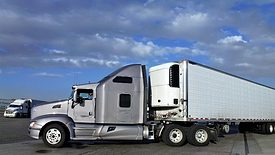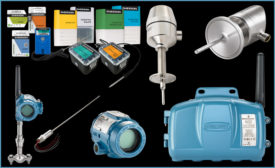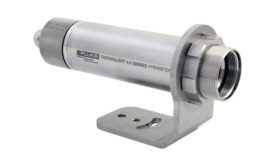Home » temperature
Articles Tagged with ''temperature''
Raising temperatures to save energy makes sense, but not at the expense of endangering food safety.
Read More
Raise Cold-chain Temps From 0°F To 5°F, Save Energy and Slash Carbon Emissions
International research finds potential energy savings of 25 terawatt-hours per year and decreased carbon emissions equivalent to 3.8 million cars taken off the road.
May 14, 2024
Temperature Monitoring and Control
Making the argument for wireless temperature solutions
Not every temperature measurement application needs to be wireless, but for some locations, IIoT wireless connections may be the only practical choice
July 22, 2020
Temperature Monitoring and Control
Make the move from analog to digital temperature measurements
Plan temperature measurement strategies with business needs and future upgrades in mind
July 20, 2020
Instrumentation & control
Use the right instrumentation to improve batch manufacturing
Ditch the antiquated clipboard and meet quality and regulatory demands with digital instrumentation, and get more consistent batches
March 10, 2020
Elevate your expertise in food engineering with unparalleled insights and connections.
Get the latest industry updates tailored your way.
JOIN TODAY!Copyright ©2024. All Rights Reserved BNP Media.
Design, CMS, Hosting & Web Development :: ePublishing



![tr32b_photo[119228].jpg TR32B](https://www.foodengineeringmag.com/ext/resources/2023/06/06/tr32b_photo%5b119228%5d.jpg?height=168&t=1687264485&width=275)







